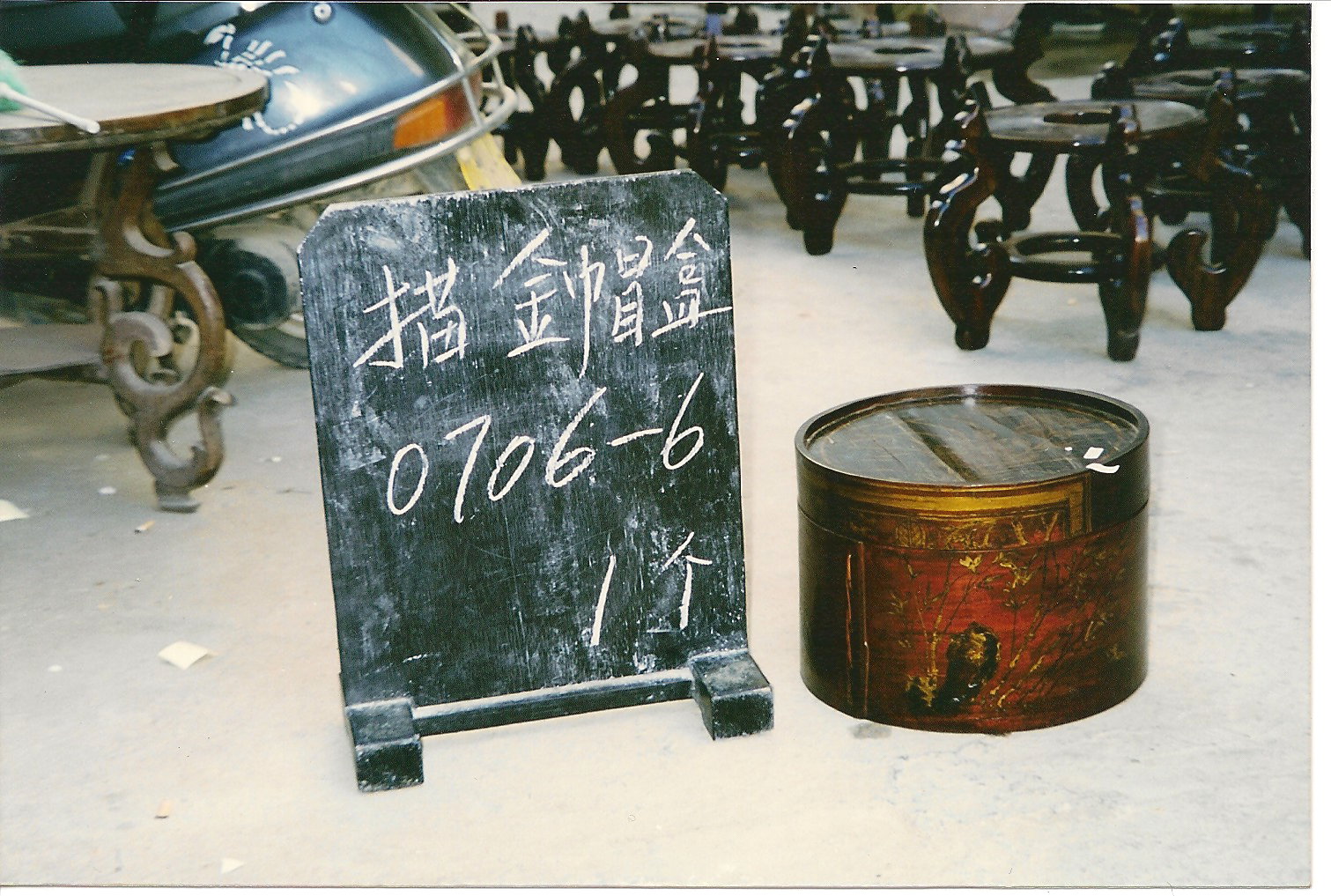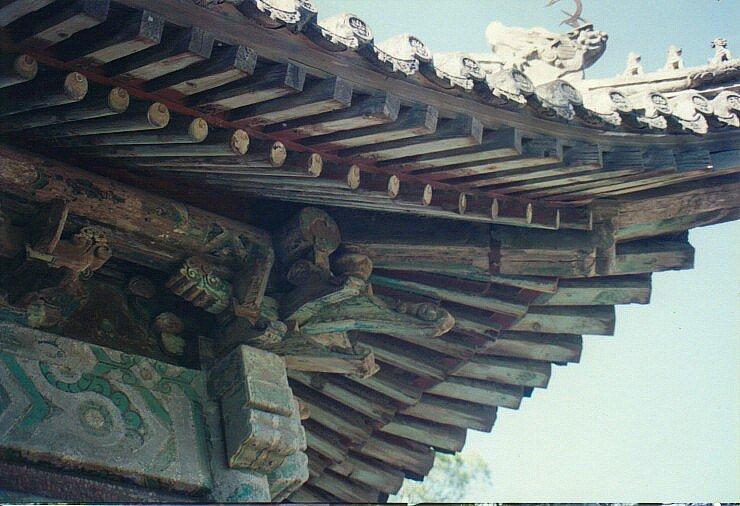Alle Beiträge
-
Soundscapes of Handan (邯郸)
Culture Shock is defined as the feeling or perception of being in a place whose customs are far removed from those experienced at home. Reading up on a country prior to departure can do much to reduce the severity of the shock. The textual nature of travel guidebooks, absorbed with the eye, ensures for a… Weiterlesen
-
【漫步奧爾登堡博物館】系列之一 藝術與文化史國家博物館
Landesmuseum für Kunst und Kulturgeschichte Oldenburg 『這裡有餐盤而無食慾。有結婚戒指,然,愛情至少已三百年未獲回報。』 – 「博物館」,辛波絲卡(Wislawa Szymborska, 1923-2012) 走進Schloss Oldenburg(奧爾登堡宮殿)立時想起此詩句。Schloss現與Augusteum 及Prinzenpalais同屬奧爾登堡藝術與文化史國家博物館。該館創始於1921年,兩年後在奧爾登堡宮殿開館,1981年Augusteum館加入,2003年Prinzenpalais館也加入成為該博物館的一份子。三間具輝煌歷史的舊建築物,皆完整保留,並依序成為為公眾開放的博物館,總計有超過三萬多件收藏,其中包含繪畫、圖像及各類具人文歷史意義的工藝品。 Weiterlesen
-

Living in Chinese Style
Chinese furniture has a long history. The earliest piece of furniture was found in a tomb from the late Warring States period (战国时期475 to 221 BC). Back then people knelt on mats, so the furniture was low and cater to a lifestyle in which people ate, slept and worked on the ground. By the sixth… Weiterlesen
-

Treatise on Architectural Methods
China’s history of architecture goes back centuries. The professions of architect, structural engineer and craftsmen was not as highly regarded as the Confucian scholar-official. So, little written knowledge about these trades has survived over the years. Architectural knowledge was mainly passed on orally, in many cases from a father to his son. During the Song… Weiterlesen
-
Smellscapes of China
A fragrance of jasmine flower wafts into my nose. I close my eyes and see blossoms in full bloom. It is spring-time, the time of prosperity. Then I open my eyes again and see a mountain of rubbish that is placed across the street. My new nose plugs which I have just bought in the… Weiterlesen
-
Die Juden von Kaifeng
Am Gelben Fluss in Zentralchina lebte viele Jahrhunderte hindurch eine große jüdische Gemeinde. Ihre Geschichte ist eindrucksvoll und bewundernswert. Laut Inschrift auf einer 1489 n.Chr. errichteten Stele bildete den Anfang eine Gruppe von 70 Familien aus 17 Stämmen mit etwa 500 Personen, die Ende des 10. oder Anfang des 11. Jahrhunderts in der Stadt Kaifeng… Weiterlesen